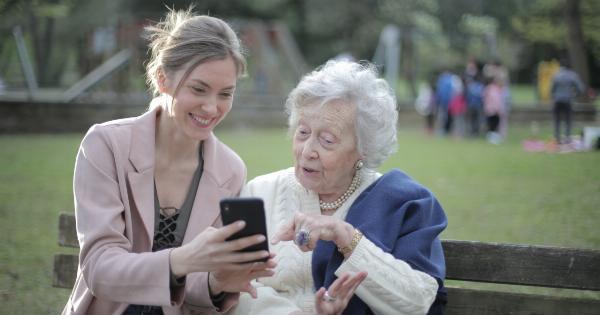Imagine a world where the color white has a special significance for those who cannot see. In this realm, white signifies hope, independence, and the freedom to navigate the world without sight.
For the blind community, a unique symbol has emerged that encapsulates these sentiments – the white rattan.
The Origins of the White Rattan
The white rattan is not a natural plant or material, but rather a concept that represents freedom for the blind. Its origins can be traced back to the ingenious mind of Emma Roth, a blind artist and activist.
Roth encountered numerous challenges in her day-to-day life due to her visual impairment, but it was her journey through a rattan furniture store that sparked a powerful idea.
As she explored the store, Roth discovered that the rattan furniture pieces often had white accents or details. This distinctive touch served both an aesthetic purpose and a practical one.
The white coloration contrasted against the natural rattan, making it more visible for those with visual impairments.
Fascinated by this discovery, Roth decided to use the white rattan as a symbol to advocate for the rights and independence of the blind community.
She believed that by embracing this symbol, society could be reminded of the importance of creating an inclusive world for the visually impaired.
Freedom and Inclusion Through the White Rattan
The white rattan serves as a powerful reminder of the freedom that people with visual impairments strive for. This symbol represents their desire to navigate the world independently, without barriers or limitations.
It represents the hope that each blind individual can live a life filled with opportunities and experiences, just like their sighted counterparts.
Additionally, the white rattan symbolizes the importance of inclusion. Society often underestimates the capabilities of the visually impaired, assuming they require constant assistance.
However, the white rattan challenges these assumptions by emphasizing the need for equal opportunities and access to education, employment, and recreational activities. It seeks to break down the societal barriers that prevent the blind from fully participating in various aspects of life.
The Impact of the White Rattan
Since its introduction, the white rattan has made significant impacts in the blind community and beyond. It has become a unifying symbol that fosters a sense of belonging and pride among the visually impaired.
Blind individuals have wholeheartedly embraced this symbol, incorporating it into their artwork, fashion, and everyday lives.
Moreover, the white rattan has caught the attention of the public, raising awareness about the challenges faced by those with visual impairments.
It has served as a catalyst for conversations around accessibility, adaptive technology, and equal rights for individuals with disabilities. The white rattan has become a powerful tool for advocacy, promoting dialogue and pushing for change at both individual and societal levels.
Embracing the Symbol: How Can Society Help?
For the white rattan to fulfill its purpose, it is essential for society as a whole to embrace and support the blind community. Here are some ways in which individuals, organizations, and governments can contribute:.
1. Accessibility in Public Spaces
Public spaces, including buildings, transportation systems, and recreational areas, should be designed with accessibility in mind.
Incorporating tactile markers, clear signage, and audio guidance systems can help visually impaired individuals navigate these spaces independently.
2. Inclusive Education
Education plays a crucial role in empowering individuals with visual impairments.
Schools and educational institutions should provide the necessary resources, technologies, and specialized training to ensure that blind students receive a quality education on par with their sighted peers. Additionally, curriculums should be designed inclusively, integrating activities and lessons that cater to diverse learning styles.
3. Employment Opportunities
Employers should actively promote inclusive hiring practices and provide accommodations to ensure that visually impaired individuals have equal access to employment opportunities.
This can include implementing assistive technologies, providing flexible work arrangements, and fostering a supportive and inclusive work environment.
4. Technological Advancements
The development of innovative technologies tailored to the needs of the blind community is crucial.
From screen readers to braille displays, advancements in assistive technology can greatly enhance the independence and quality of life for visually impaired individuals.
5. Awareness and Sensitization
Continuing to raise awareness about the challenges faced by the blind community is essential for creating a more inclusive society.
Sensitization campaigns and educational programs can help dispel misconceptions, reduce stigma, and promote empathy and understanding.
6. Collaborative Partnerships
Collaboration between blind organizations, government bodies, corporations, and the general public is key to driving lasting change.
By working together, stakeholders can identify and address the barriers faced by the visually impaired, advocating for policies and initiatives that promote inclusivity and equal rights.
The Legacy of the White Rattan
The white rattan serves as a powerful reminder that freedom and independence transcend physical limitations. It reminds us that the blind community deserves equal rights, opportunities, and respect.
By embracing and supporting the white rattan, we can collectively work towards creating a more inclusive society, where individuals with visual impairments can live a life full of freedom, dignity, and happiness.





























